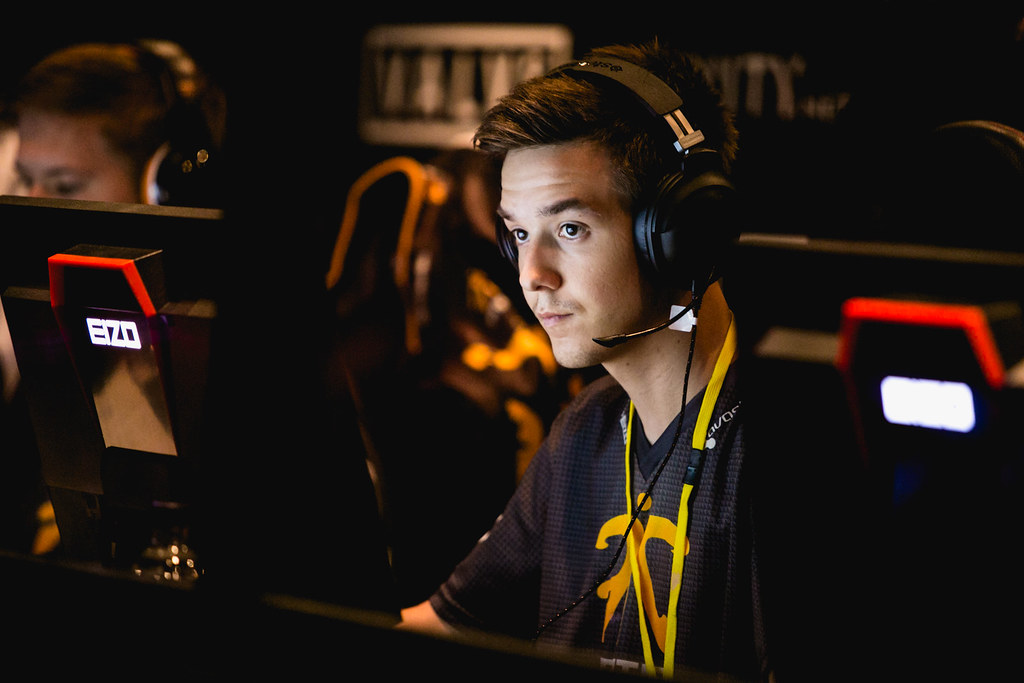
The best team in the world is never just a sum of its parts, but a mesh of players with high skill and great synergy, held together by a strong and intelligent leader. And in the case of FNATIC, this lynchpin is found in Markus “pronax” Wallsten, crucial man to the team’s long lasting streak of high placings, only surpassed by the legendary 87-0 Ninjas in Pyjamas streak in early CS:GO. And while he is no ordinary player, he is different from many other graduates of the school of Swedish Counter Strike, in the way that he was never even close to the top of a previous CS scene, but found his A-game in the latest iteration of the series, only showing his true power in it.
Wallsten did not have any kind of impact on the 1.6 scene at first. He began playing at a high level in smaller teams, without achieving much, taking the role of the leader due to simply needing someone to fill that spot, and got his first break while playing under H2K Gaming in 2010. Unknown to them, the lineup was a bridge between the past and the future of Counter Strike, starring legend Abdisamad “SpawN” Mohamed in the role of the coach for some time, pronax as the In Game Leader and future IGLing star, but at the time only a solid individual player known for his clutches, Richard “Xizt” Landström. Wallsten’s signature leading style, which would be crucial in his prolific CS:GO career, was already starting to show here: contrary to other teams, his T sides did not rely too much on set strategies but more on map control and individual player freedom, while his CT side weres prone to unrelenting aggression and pushes. Talented players and such a strong leadership made H2K take second place at Dreamhack Summer 2010, upsetting giants FNATIC with a 2-0 scoreline but falling to the legendary mTw.dk lineup in the grand finals, regardless putting up a much better performance than expected.

Could be that is why the backlash to the following period was so great. After failing out of the World Cyber Games qualifiers, pronax was kicked off of his own team in favor of Björn “threat” Pers, FNATIC veteran and much more experienced IGL. Wallsten was back to square one, and set to form a new team under the banner of RAGE Gaming, which after a couple roster changes would see in its ranks Wallsten and future CSGO players such as Dennis “dennis” Edman and star Olof “olofm” Kajbjer. After some time the team would become a mixed Swedish and Norwegian lineup, with the IGL joining previous teammates Andreas “MODDII” Fridh and André “BARBARR” Möller and eventually being picked up by ESC Gaming. After a few months, pronax and fellow teammate Karl-William “kalle” Haraldsen would leave to make ESC a Swedish, Norwegian and Danish mix, the last team before the Golden Five to play under that banner. Wallsten then had a two-week long run with a2g, leaving for interpersonal problems with his teammates regarding contracts and mentality, ending his 1.6 career.
But that was definitely not the end of his Counter Strike career. He dove head first into Global Offensive and founded Team X, at first giving up IGLing, claiming to not know the game well enough yet to feel comfortable calling. This lineup starred the core of pronax, Jonathan “lidde” Lidgren and Alexander “rdl” Redl, and saw a few different players join them, including some 1.6 teammates, such as olofm (once again) and Faruk “pita” Pita, eventually settling for Jacob “pyth” Mourujärvi, as well as playing under Absolute Legends for a few months. Team X was also part of one of the best BO1s that CS:GO has ever seen, where they faced Ninjas in Pyjamas at Dreamhack Summer 2013. The lineup only achieved a victory at Dreamhack Valencia 2013, which figured no top level competition at all, under n!faculty, organization which signed the entire previous lineup but eventually saw lidde and pyth leave for two Danes: Lukas “gla1ve” Rossander and Finn “karrigan” Andersen, who joined Xizt and MODDII on the list of pronax’s teammates that would go on to become great In Game Leaders.

And it’s exactly MODDII that pronax would go on to replace on FNATIC as their new IGL. Wallsten joined the lineup at the time composed by Jesper “JW” Wecksell, Jonathan “Devilwalk” Lundgren, Robin “flusha” Rönnquist and Andreas “schneider” Lindberg to have their first test at MSI BeatIT 2013 in China, where they finished second to the powerhouse that VeryGames had become. But Wallsten also joined the lineup just a month before the biggest CS:GO tournament to date: Dreamhack Winter 2013, the first Valve-sponsored major for the game. pronax’s leading proved to be an incredibly important asset for FNATIC as they blasted through the group stages with handy victories over Na’Vi and Clan Mystik. They disposed of Recursive eSports in three maps in the quarter finals, and did so to Complexity in only two in the semis, stopping the best major run an American team has had thus far. This led to an all Swedish Grand Finals, with two former teammates leading their new teams: FNATIC faced Xizt’s Ninjas in Pyjamas. After barely scraping a victory on Dust2 with a 16-14 scoreline, pronax’s boys were defeated 16-6 on Inferno, taking the series to a third map, played only twice in the tournament so far: Train. Here, FNATIC was unstoppable: with a score of 16-2, they became the champions of the first major, finally awarding Wallsten the big title he had been chasing for so long. Throughout the entire series, pronax’s typical playstyle was reflected in the team’s plays: there was no reliance on complicated strategies, but rather on putting players in the spot they would be most efficient at, letting them loose and following through on the results of their fights. Wallsten changed FNATIC single handedly, and set them up for a bright future.

With the well working new leadership, only four months later the Swedes were ready to take the second major, EMS One Katowice 2014, by storm. But their will was tested after losing their first group stage game to Reason Gaming, and afterwards beating iBuyPower in a close game and taking revenge on Reason in the final game, which allowed them to play in the quarter finals. This time, their will was crushed by LGB eSports. The Swedish lineup, starring olofm, dennis and Freddy “KRiMZ” Johansson, ended FNATIC’s major run in a close three map series, with the third map, Train, going all the way to round 30 and seeing LGB clutch it out to advance to the semifinals to face, and lose to, Virtus.Pro, the winners of the entire tournament. After this loss, the team started falling in a downward spiral, with average placings in both online and LAN events, the only exception being Swedish-only LAN ESPORTSM 2013-2014 Grand Finals, with the only worthy opponents being NiP, who at the time were in the worst slump of their careers as well. The next major, ESL One Cologne 2014, was approaching, and something had to change.
In arguably the best roster change in CS:GO history, FNATIC saw Devilwalk bench himself and take the position of coach, and dropped schneider entirely. To replace the two, olofm (who now went by olofmeister) and KRiMZ joined the ranks of the team they defeated at the last major. This was exactly the kind of change that a man like pronax needed: instead of two shaky players, he was given two individually skilled players, olofmeister with his explosive playstyle and remarkable 1 on 1 fights, KRiMZ with amazingly fundamentally sound play, both at the disposal of their leader to be placed in the situations they would excel at. The new lineup competed about a month and a half later in Cologne, and immediately showed they were to be feared: they disposed of iBuyPower and Virtus.Pro in the group stages, but started looking shaky against Na’Vi, winning 16-14 on Nuke, the last map of the series. It was slightly easier against Dignitas, in the semifinals, winning in the second map, Overpass, 16 to 14, with olofmeister making the most legendary defuse in the history of the game in a very crucial round, which would be remembered with a graffiti in that spot in the next patch of the game. The grand finals were, to many’s surprise, a repeat of Dreamhack Winter 2013: NiP, coming from the lowest point they’d ever had, clutched out an incredible amount of games to reach this point, and this series was no different: after losing on Cobblestone and beating NiP on Cache, FNATIC lost 16-13 to the Ninjas on Inferno, who used what some would call NiP Magic to win the biggest tournament at their worst time. The new FNATIC lineup, instead, was extremely close to winning a major with a new roster, but made it clear that it was only the beginning.

The five players, in the following months, started meshing together better and developing a new playstyle: the Swedes, together with Team LDLC, shaped what would become the CT meta. JW was by many called the best AWPer in the world and would make incredible pushes on the CT side, flusha was almost unbeatable in aim duels (and had fans and fellow players alike accuse him of hacking), olofmeister was slowly reaching his full potential, unleashing his skills to new levels, and KRiMZ became the master of site solo-holds. Wallsten understood perfectly the strengths and weaknesses of his team, and their amazing CT sides, as well as large map pool (FNATIC was especially known for their near flawless Inferno play) started a streak of victories: the team won four major LANs in three months, as well as many online tournaments and leagues. Although showing some weaknesses, especially to mastermind Titan leader Kevin “Ex6TenZ” Droolans, their consistency was unparalleled. They became the best team in the world.
And as such they entered the next major, Dreamhack Winter 2014. The group stages saw them lose to Hellraisers 16-14, only to then beat Bravado and Cloud 9 to exit them: as per usual, the Swedes got to the bracket stage with relative ease. And it’s in their first best of three match that one of the most iconic moments of competitive CS:GO happened: the olofboost. On map 3, Overpass, using a never seen before boost spot, olofmeister could look at several places on the map at once from CT spawn, giving crucial information and frags to his team: from a 12-3 first half, FNATIC won the game 13-16. In the following hours, community and player backlash was at an all time high. LDLC protested that the boost was not legal, which eventually earned them a second half remake, with the boost made illegal. Then FNATIC protested that LDLC themselves used a similar illegal boost, and earned an entire match remake. But due to the community’s rage, the Swedes announced the day after that they decided to withdraw entirely from the tournament. LDLC won by forfeit win, and went on to win in the finals in an overtime map 3 against NiP, on Overpass.

But pronax and his men were not to be stopped. After a fourth place finish at MLG Aspen, they took first place at IOS Pantamera and ClutchCon. At this point, EnVyUs (previously Team LDLC) was a threat to them, but never managed to show they were better than the Swedes: FNATIC had simply reached a new level. olofmeister was showing the best individual performances since star AWPer Kenny “kennyS” Schrub had kept his team, Titan, afloat almost completely by himself. But in olof’s case, he was surrounded by other amazing players and a genius mastermind. The top spot was unchallenged, and once more they entered a major, ESL One Katowice 2015, as the favorites. FNATIC made easy work of the group stages, and set their eyes on the finals. They swiftly 2-0’d Penta Sports, and did the same to Virtus.Pro in the semis. The time to face their rivals in a historic major final came: once again, pronax had to face Ninjas in Pyjamas. FNATIC won the first map 16-14, and then took NiP to Cache, one of the best maps in pronax’s pool. In an upset loss, they were taken to map 3 after losing 16-10 and dropping the first map in the entire tournament. And just like in Cologne a few months before, the last map to be played was Inferno. This time, olof and the others were ready to fight in their home map: they won Inferno, and with it the major. The team that had been the best for so long finally got the title they deserved, and made flusha, JW and pronax the only players in the game to have conquered two major titles.

Following their Katowice win, FNATIC fell off for about a month, placing second at three lans and third at another. Two of these losses came from the same team: Team Solo Mid, led by their new ingame leader, and almost unsurprisingly, former teammate of pronax, karrigan. The Danes slowly took Titan’s place of pronax’s kryptonite, creating a rivalry that still yields no clear victor. And after winning Dreamhack Tours 2015, Dreamhack Summer 2015 and Gfinity Master Spring II another worthy rival came from across the pond: Cloud 9, although not at the level of TSM, showed that they were perfectly able to compete with the Swedish giants, and met them twice in two weeks, one time losing 3:1 and the other beating them 2:0. For the first time in months, other teams were challenging FNATIC’s dominance, displaying that even gods can fall.
At the moment, not all of FNATIC’s members are playing at their best, with pronax’s signature leading style not being as effective as it has been: he now needs to step up like he never had before and unite his players to victory. The competition is also at their best: it’s time for the trial by fire for the Swedes’ dominance, and Wallsten is the man the team can rely on to show the world that their period of dominance is not over yet. He has shown during all of his career that he can make magic happen, and that a team led by him is a team that can always win: it is time for him to be the lynchpin his team needs and deserves.
Image Credit: HLTV, OnGamers, rivals.gg




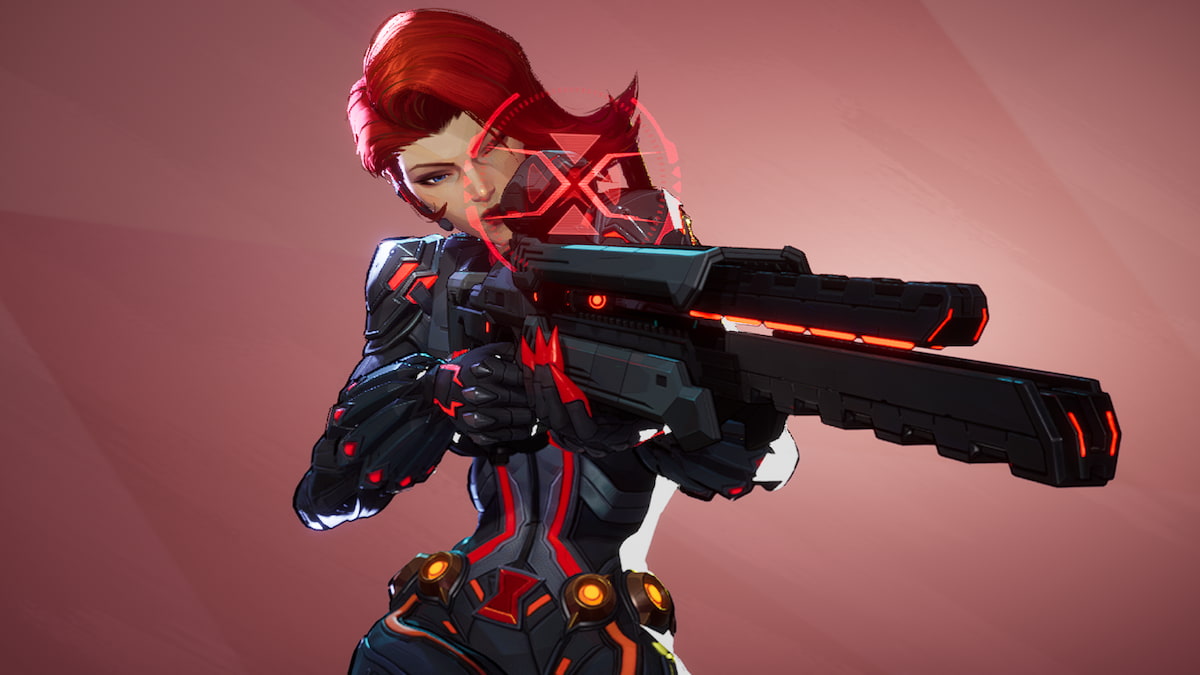
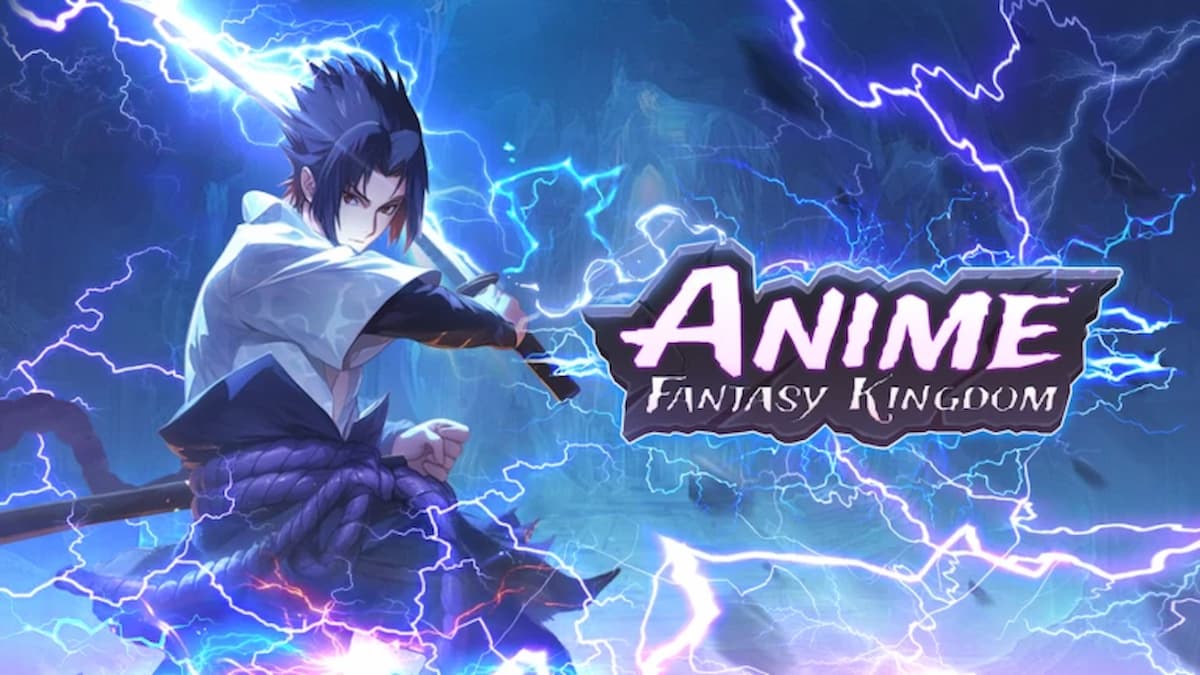
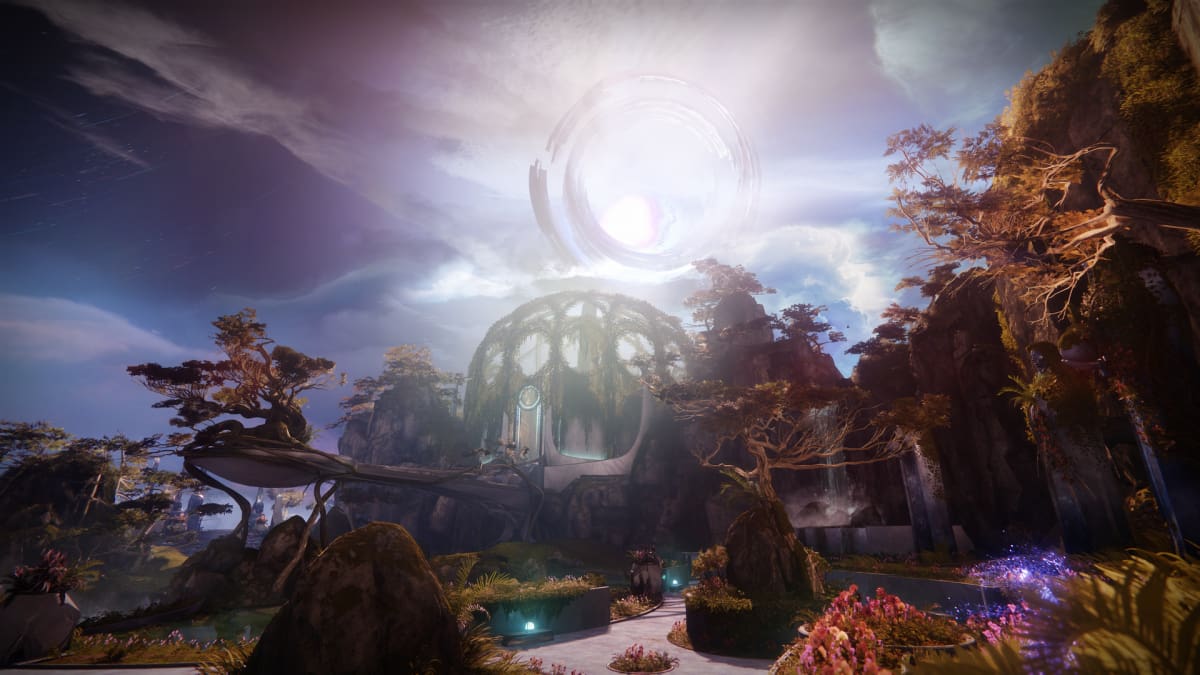

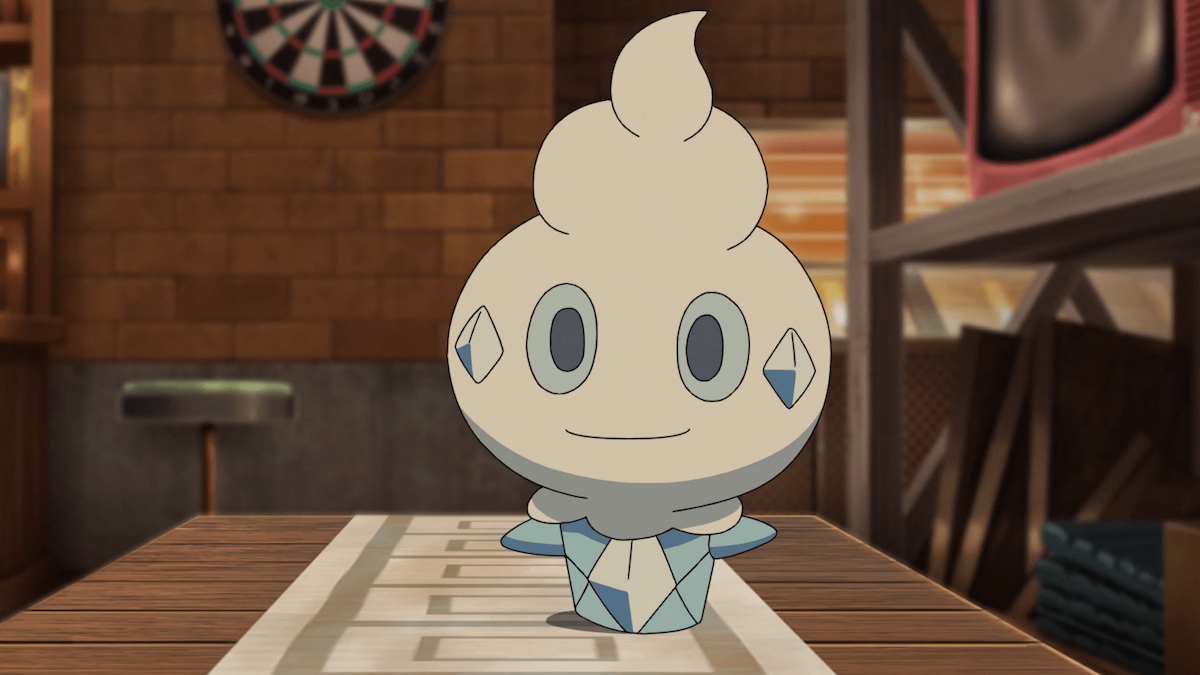
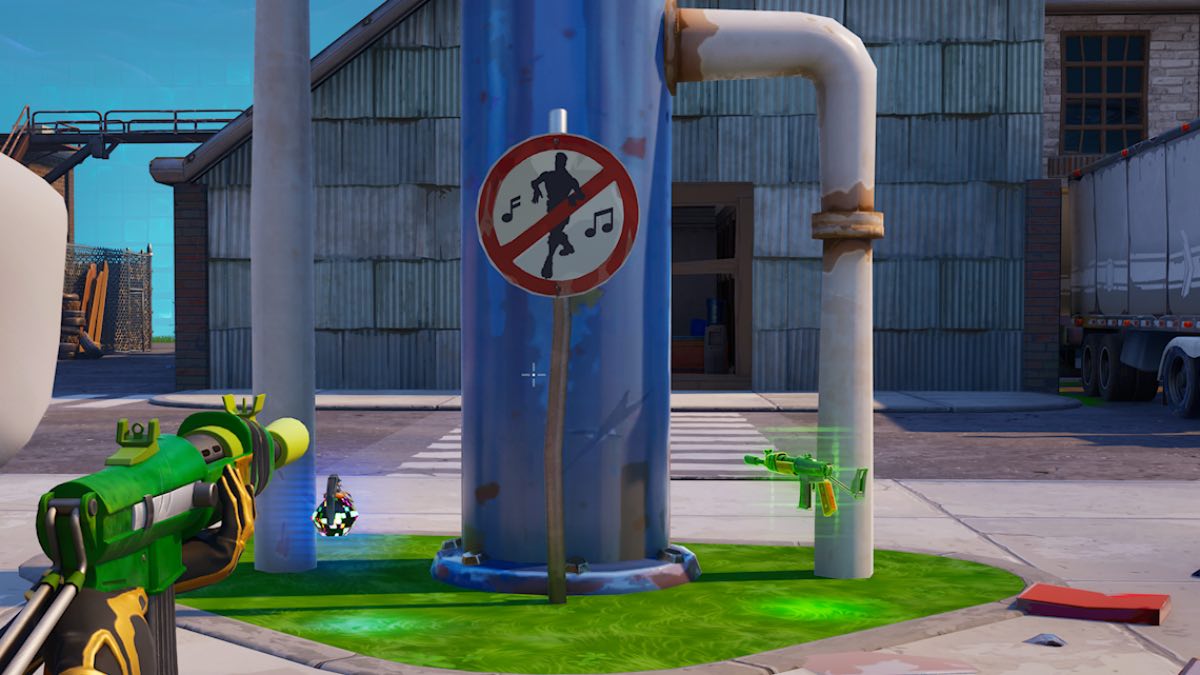
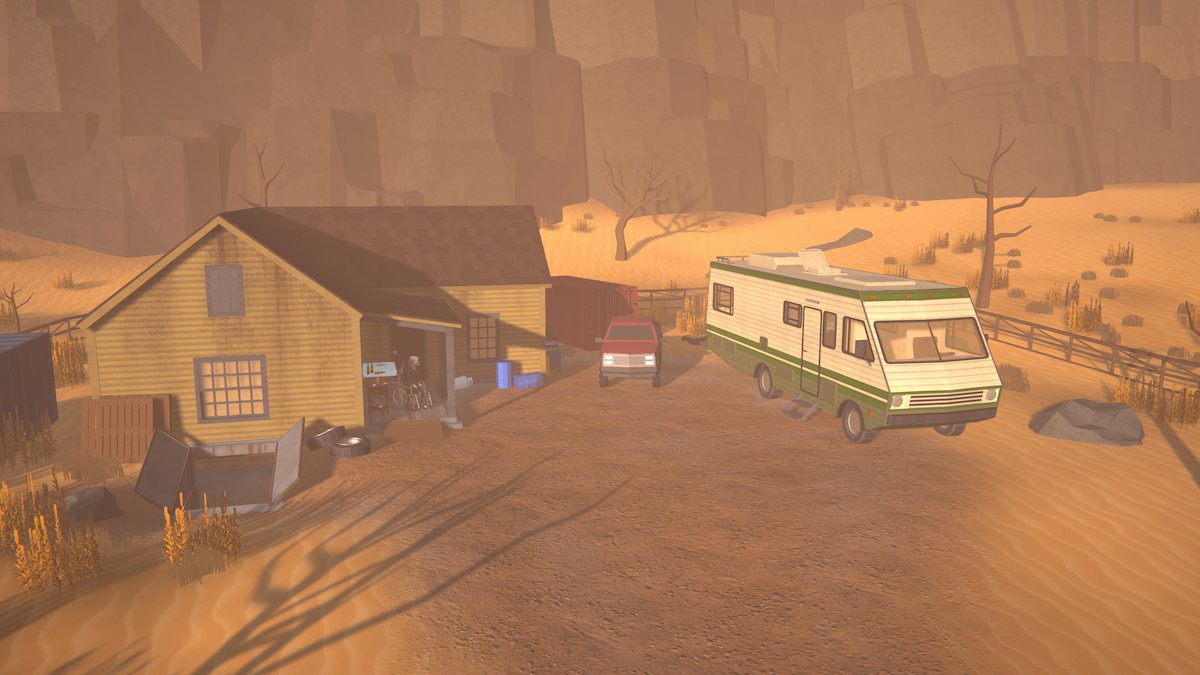

Published: Jul 27, 2015 11:29 am